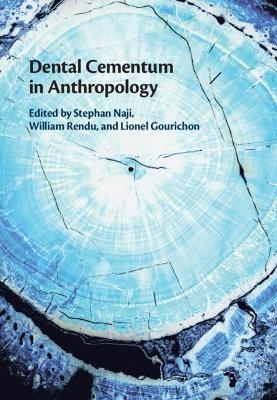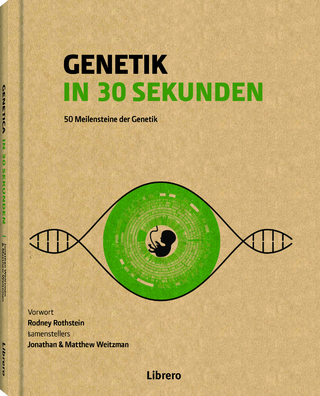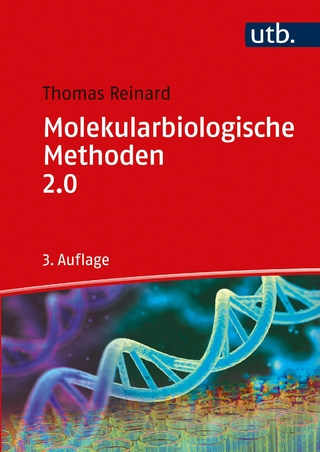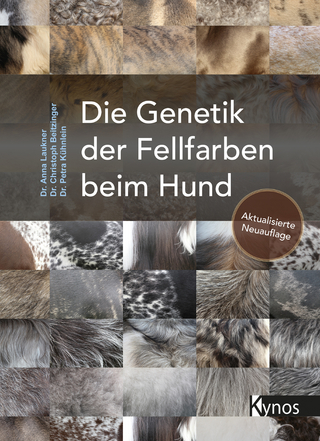
Dental Cementum in Anthropology
Cambridge University Press (Verlag)
978-1-108-47708-6 (ISBN)
Tooth enamel and dentin are the most studied hard tissues used to explore hominin evolution, life history, diet, health, and culture. Surprisingly, cementum (the interface between the alveolar bone and the root dentin) remains the least studied dental tissue even though its unique growth, which is continuous throughout life, has been acknowledged since the 1950s. This interdisciplinary volume presents state-of-the-art studies in cementum analysis and its broad interpretative potential in anthropology. The first section focuses on cementum biology; the second section presents optimized multi-species and standardized protocols to estimate age and season at death precisely. The final section highlights innovative applications in zooarchaeology, paleodemography, bioarchaeology, paleoanthropology, and forensic anthropology, demonstrating how cementochronology can profoundly affect anthropological theories. With a wealth of illustrations of cementum histology and accompanying online resources, this book provides the perfect toolkit for scholars interested in studying past and current human and animal populations.
Stephan Naji is a bioarchaeologist specializing in paleodemography, particularly in demographic and health transitions. His current research focuses on optimizing cementochronology within the broader evolutionary context of chronobiology for histological and virtual age-at-death estimation. He also actively promotes life-history events identification and modeling in cementum through interdisciplinary collaborations. William Rendu is a zooarchaeologist interested in the mobility of past human societies. He implemented cementochronology during his Ph.D. to discuss the seasonal distribution of Neanderthal activities. He is now continuing this work with a larger chronological framework as director of the International Research Laboratory ZooSCAn in Siberia. Lionel Gourichon is a zooarchaeologist. His research interest lies in the emergence of food production in Southwest Asia and the Mediterranean area, in particular on human-animal relationships and the process of domestication. He actively contributes to methodological advances in bioarchaeology to improve the study of mammal and bird remains.
Part 1. The Biology of Cementum; Introduction: Cementochronology in chronobiology; 1. A brief history of cemental annuli research, with emphasis upon Anthropological applications; 2. Development and structure of cementum; 3. Insights into Cementogenesis from human disease and genetically engineered mouse models; 4. A comparative genetic analysis of acellular cementum; 5. Pattern of human cementum deposition with a special emphasis on hypercementosis; 6. Recent advances on acellular cementum increments composition using synchrotron x-radiation; 7. Incremental elemental distribution in chimpanzee cellular cementum: insights from synchrotron x-ray fluorescence and implications for life history inferences; 8. Identifying life-history events in dental cementum, a literature review; Part II. Protocols; 9. Cementochronology for archaeologists. Experiments and testing for an optimized thin section preparation protocol; 10. Optimizing preparation protocols and microscopy for Cementochronology; 11. Cementochronology protocol for selecting a region of interest in zooarchaeology; 12. Tooth cementum annulations method for determining age-at-death using modern deciduous human teeth: challenges and lessons learned; 13. The analysis of tooth cementum for the histological determination of age and season at death on teeth of us active duty military members; 14. Preliminary protocol to identify parturitions lines in acellular cementum; 15. Toward the non-destructive imaging of cementum annulations using synchrotron x-ray microtomography; 16. Non-invasive 3d methods for the study of dental cementum; Part III. Applications; 17. Using Cementochronology to discuss the organization of past Neanderthal societies; 18. Investigating seasonal competition between hominins and cave hyaenas in the belgian ardennes during the late pleistocene: insights from cementum analyses; 19. Cementochronology to the rescue: osteobiography of a middle woodland woman with a combined skeletal dysplasia; 20. Estimating a mortality profile of fisher-gatherers in Brazil using Cementochronology; 21. Cementochronology: a solution to reconstructing past populations' mortality profiles using individual age-at-death estimates; 22. Assessing age-related mortality at petra, jordan using Cementochronology and hazard modeling; 23. Shaping age at death distributions by applying tooth cementum analysis to the early medieval graveyard of lauchheim (Germany); 24. Back to the root: the coming of age of Cementochronology; Index.
| Erscheinungsdatum | 11.02.2022 |
|---|---|
| Zusatzinfo | Worked examples or Exercises |
| Verlagsort | Cambridge |
| Sprache | englisch |
| Maße | 177 x 251 mm |
| Gewicht | 1010 g |
| Themenwelt | Geisteswissenschaften ► Archäologie |
| Naturwissenschaften ► Biologie ► Genetik / Molekularbiologie | |
| Sozialwissenschaften ► Ethnologie | |
| Sozialwissenschaften ► Soziologie | |
| ISBN-10 | 1-108-47708-9 / 1108477089 |
| ISBN-13 | 978-1-108-47708-6 / 9781108477086 |
| Zustand | Neuware |
| Informationen gemäß Produktsicherheitsverordnung (GPSR) | |
| Haben Sie eine Frage zum Produkt? |
aus dem Bereich


